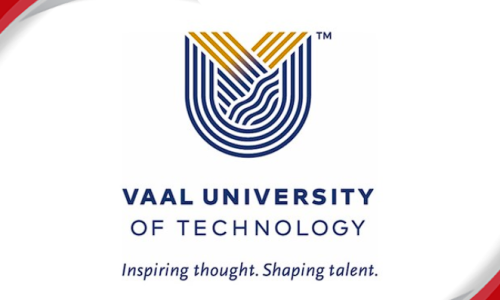Training technology can help bridge the automotive skills gap

Training technology can help bridge the automotive skills gap
- |
-
Aug 03, 2023
As you’re reading this, production local production lines at nine major car brands are assembling 16 different car models. More than half of those cars will be exported, and only two models currently have electrified drivetrains.
New vehicle sales in South Africa continue to impress despite the challenging economic climate. Figures released by the National Association of Automobile Manufacturers of SA (Naamsa) for June 2023 show that 46,810 units were sold – a 14% increase compared to the same month last year.
Gary McCraw, director of the National Automobile Dealers’ Association, attributes the trend to a consistent stream of new and updated vehicle models as well as improved availability of sought-after models. Aggressive sales assistance strategies are also playing a role, he says.
A concern, however, is that dealer sales accounted for a smaller share of the retail market in June. This can be explained by sentiment towards making larger purchases remaining slightly negative because of high interest rates.
There have been positives, certainly, but the automotive sector is by no means out of the woods. Load shedding dropped off significantly in June which also assisted the industry, and manufacturers and dealers remain wary of what might come next from Eskom.
At the same time, with South Africa’s automotive field holding its own, the sector needs to ensure that all stakeholders are equipped with the necessary skills to produce and distribute quality vehicles.
This requires training that not only yields desired results but is also cost-effective.
Training for everyone
Everyone from management and executives, human resources departments, training and development teams and dealership owners and managers to industry associations and trade organisations should play an active role in the development and implementation of such training programmes.
“Prioritising cost-saving measures in training is essential for automotive companies because it allows them to allocate resources efficiently and achieve several benefits,” says Michael Hanly, managing director of South African online learning solutions provider New Leaf Technologies.
The obvious advantage is that well-trained employees are better equipped to understand customer needs and effectively communicate the value of products or services, driving higher sales. This, in turn, improves customer loyalty and drives repeat business, not to mention the fact that customers tell their friends about their good experience.
“By optimising training budgets, automotive companies can generate a strong return on investment through improved employee performance, increased sales, and enhanced customer satisfaction,” Hanly says.
Smart platform
Technology in the form of e-learning programmes is playing a crucial role in reducing training costs and allowing companies to reach a wider audience. These programmes can be set up to focus on improving specific skills required for sales and customer service.
“Virtual training and simulation tools can also enhance practical skills in a cost-effective manner. You can also establish performance metrics and measure training effectiveness to identify areas of improvement and adjust training strategies accordingly,” Hanly says.
New Leaf’s aNewSpring allows educators to create personalised learning paths for employees based on their individual needs and learning preferences. This ensures that they receive the training they need to build the skills that are in high demand within the industry.
The platform also offers a range of content types and formats with its built-in authoring tool, including AI-powered interactive videos, simulations, gamification and many assessment types which help to keep learners engaged and motivated.
Hanly stresses that motor companies should constantly gauge the effectiveness of training programmes and identify areas for improvement. This will also help to determine where costs can be cut as they seek to optimise employees, sales and customer service.
“You need to establish clear objectives and performance metrics before training implementation and analyse the impact of training on business results and compare it to the costs invested.”
Add a Comment
Related Resources
Get New Jobs Notification!
Sign up with your email address to receive news and updates. Subscribe to get our latest content by email. We respect your privacy, Unsubscribe at any time.

























Comments